Introduction
The term carbon fiber has become high-use jargon in recent years. While most people know it is a lightweight and strong substitute material for metal, frequently used in commercial planes and automobiles, that’s usually the extent of information we have. So, what else is there to know about this material?

Overview
Modern carbon fiber technology (material) originated in Japan and is now widely employed combination with a polymer plastic matrix to create composite materials known as carbon fiber reinforced plastics (composite material). In this section, we’ll take a deeper look into RTM and HP-RTM, one of the many techniques used in CFRP molding.
CFRP Characteristics
CFRP is distinguished by “lightweight, strong, and non-corrosive” characteristics. Read more here in our previous articles.
A Lighter and More Durable Material—CFRP

CFRP Manufacturing Methods
Although CFRP has various advantages, what manufacturing methods are utilized?
In this section, we will focus on two key topics: 1) Autoclave Molding as the leading molding technique, and 2) Prepregs, the core CFRP material used in Autoclave Molding.
Carbon & CFRP Autoclave Molding?
Prepregs: What are CFRP Prepregs?
RTM & HP-RTM Fabrication Methods
RTM Method
RTM stands for Resin Transfer Molding and refers resin injection molding. Unlike the autoclave molding whereby the carbon fiber base material is pre-impregnated with resin, with RTM we first arrange and shape the fiber base material (preform) inside an integrated male and female mold in accordance with the product design. After setting, we impregnate the base material with a resin mixed with a primary and hardening agent and then cure the product.
The major difference is that autoclave molding is suited to small-lot productions and large-scale thin-walled structures that start with prototyping, while RTM requires a metal die and offers a reasonable degree of product stability, making it ideal for medium lot production. Accommodating last minute changes to the plate thickness or complex shapes is limited, since the product is formed within a male/female mold.
HP-RTM Method
HP-RTM (High Pressure Resin Transfer Molding) refers to high pressure resin injection molding.
The HP-RTM process is achieved with a dedicated press, resin injector, mixing head for collision mixing of the primary and hardening agents, and a mold that can accommodate the mixing head. This technology was utilized in the frame and chassis of the BMW i3 electric vehicle and with the development of high-speed curing resin allows for product mold removal in only 3-minutes. The curing efficiency solves extended curing times (4 to 6 hours) of conventional autoclave molding, which was one of the key disadvantages. *At the time, this advancement made huge waves in the industry. The HP-RTM method delivers significant cost efficiency compared to prepreg sheets due to the elimination of specialized facilities and control
Advantages
- High quality, high cycle times (Current developments in improved resin allow for product mold removal in 1–1.5 minutes.)
- Suitable for medium- to high-volume production; material handling robot enabled automation.
Disadvantages
- High equipment/facilities and mold costs.
- Requires expert intuition and skill to determine the molding conditions.
- Since resin is impregnated into the fiber base material in the X/Y/Z directions under high pressure, the fiber base material tends to meander. Devising ways to expel the fine air pockets (voids) inside the matrix and exert the unique strength characteristics of CFRP requires specialized skill and ingenuity. Currently various molding methods are being developed for varying matrix materials/forms and molding conditions. These include the “Gap-RTM method,” in which the mold is not completely closed, but left slightly open while the resin is injected to reduce defects and enable molding at low pressure, and “WCM-RTM (Wet Compression Molding),” whereby mixed resin is applied to the base material before it is placed into the mold.

Summary
This issue discussed one of the many CFRP molding methods; RTM and HP-RTM. Molding method selection requires careful consideration of product features, materials, form, size and production lot size to ensure that the optimal method is adopted. Achieving this during the product design stage is a challenging task.
Related useful contents
You can explore related content by clicking on a topic of interest.
ABOUT UCHIDA - 55 years since our founding
We leverage a wealth of technical expertise as a CFRP molding and processing manufacturer using FRP, GFRP, and CFRP materials. We offer a one-stop solution, encompassing design, analysis, manufacturing, secondary processing, assembly, painting, quality assurance, and testing.
UCHIDA's equipment
We have cutting-edge equipment to ensure that we can address even the most advanced challenges of our customers.
Video Library
In the following video, we provide a detailed overview of our manufacturing process. Please feel free to watch and learn more.

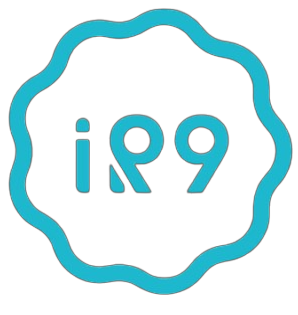

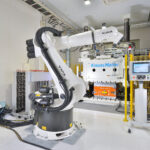
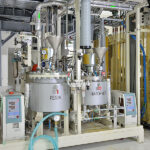
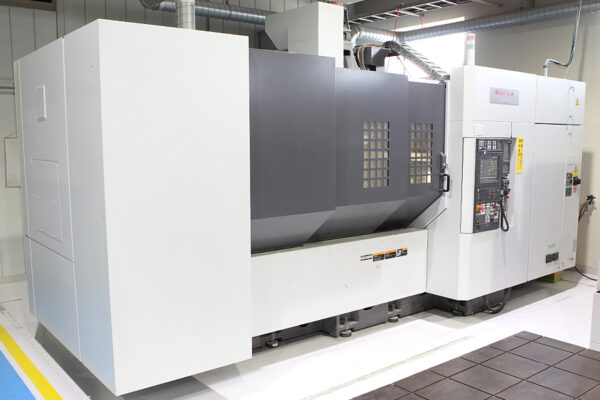
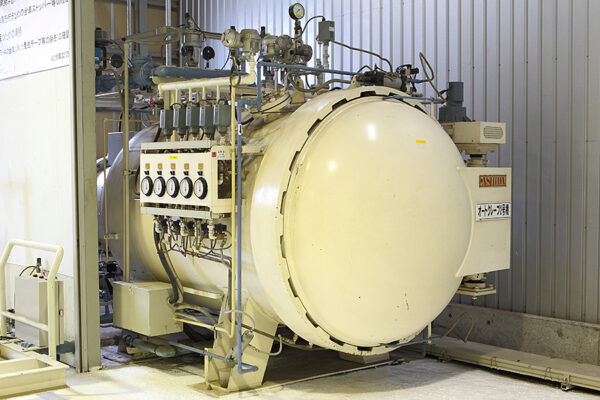
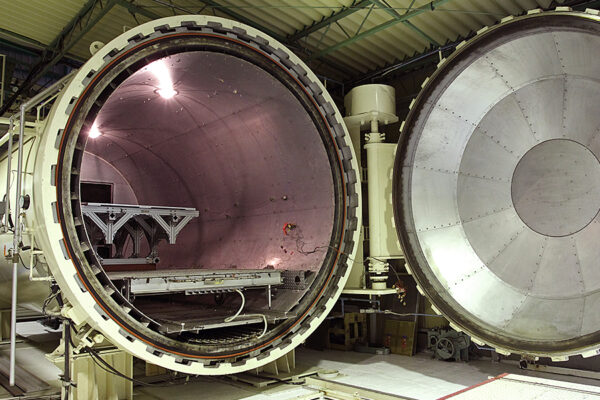
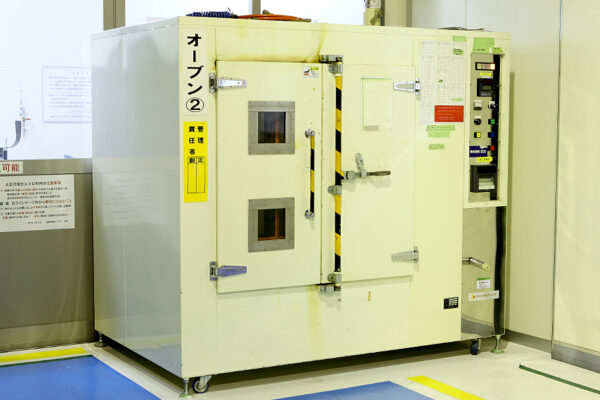
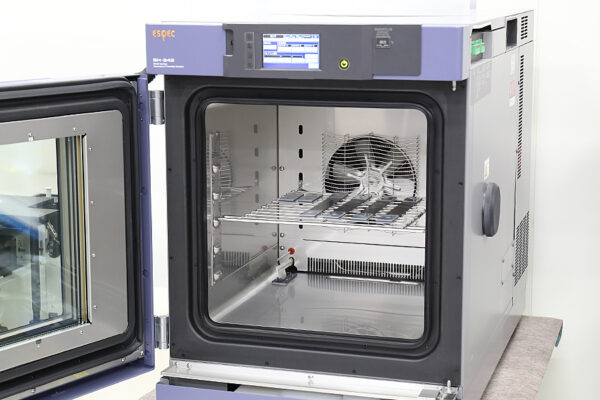
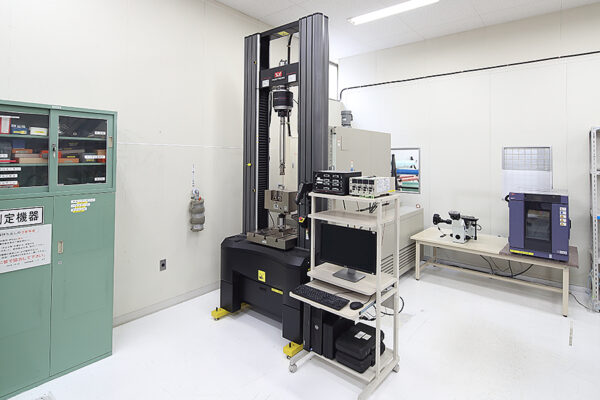
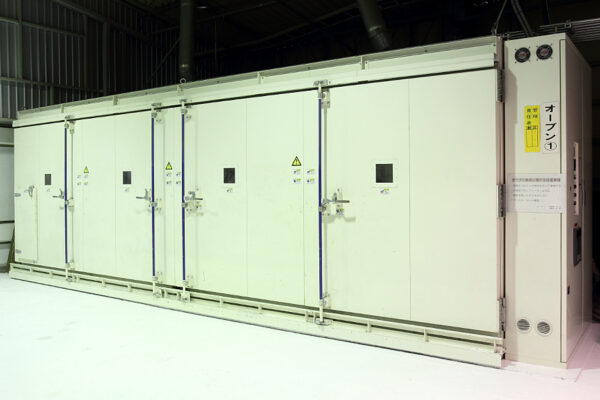
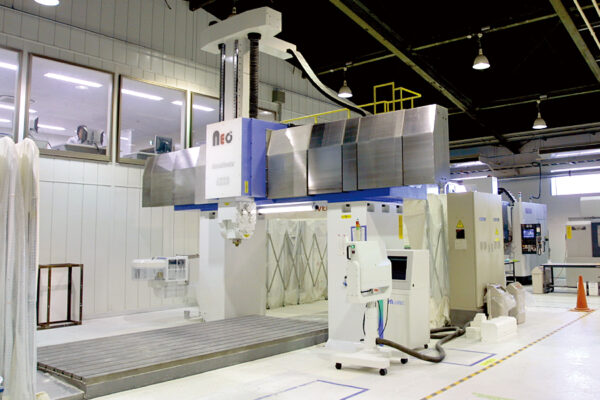
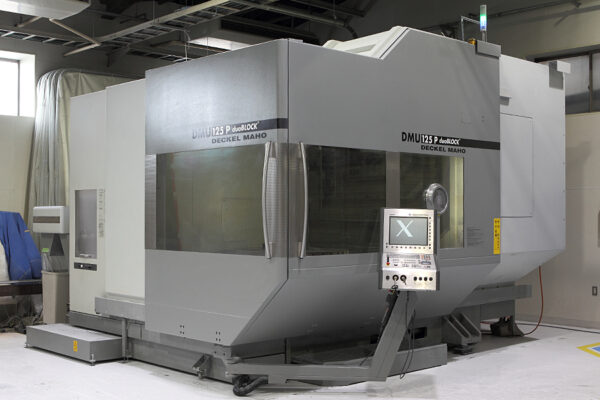
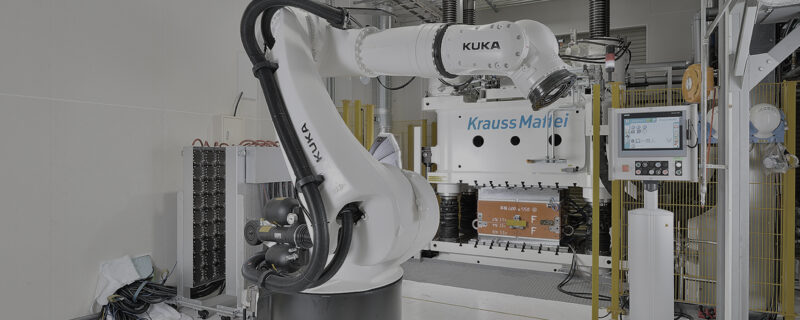
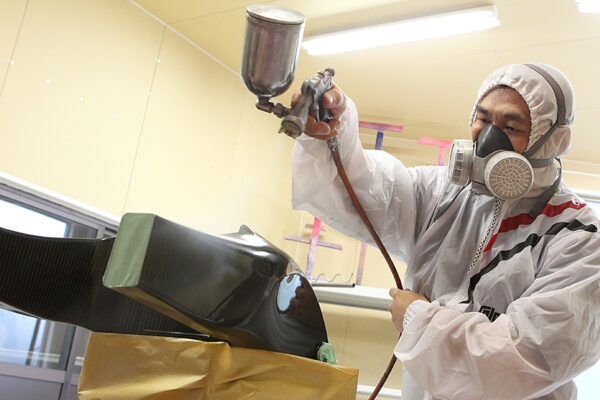
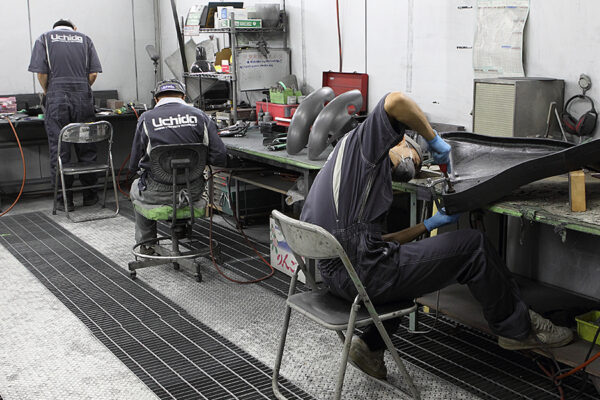
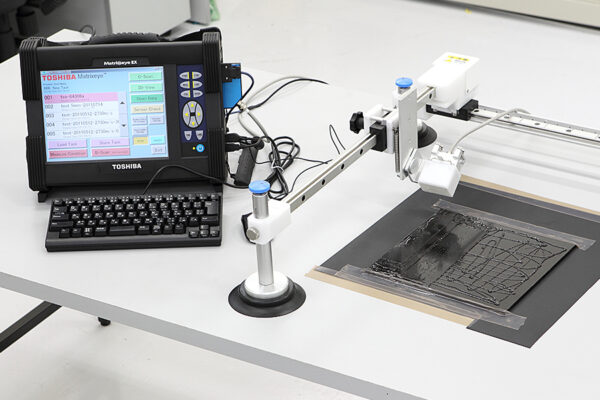
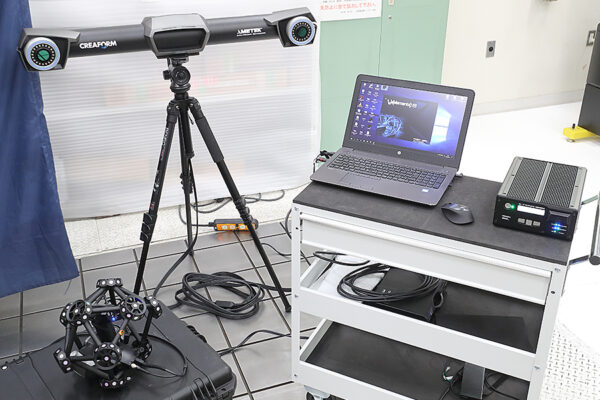
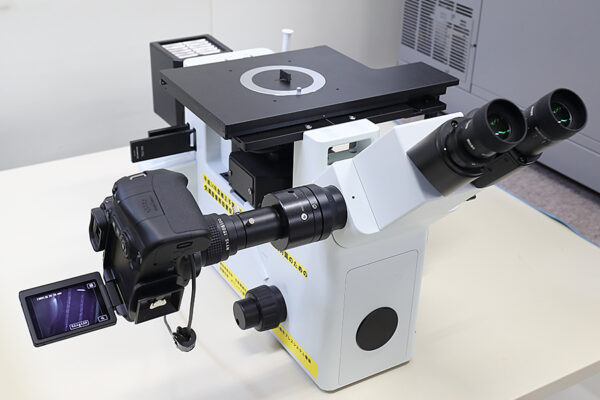
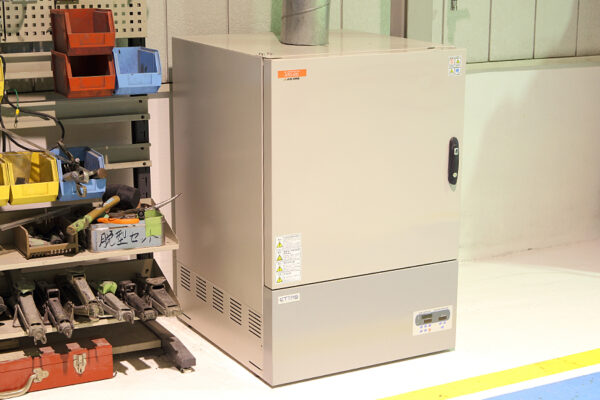
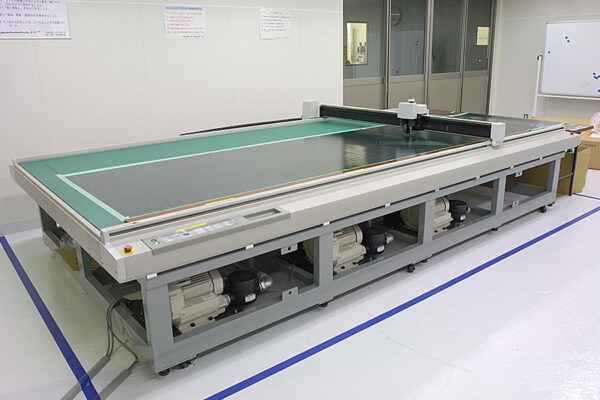
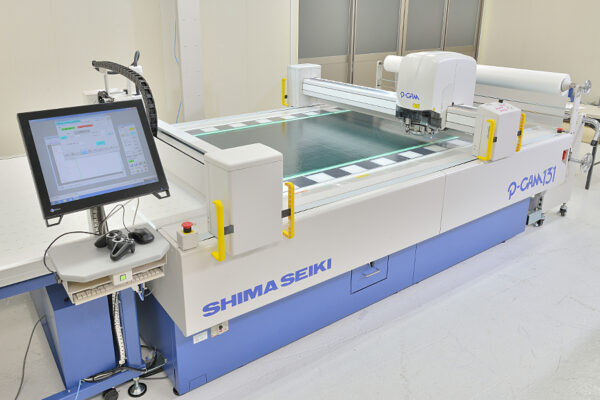
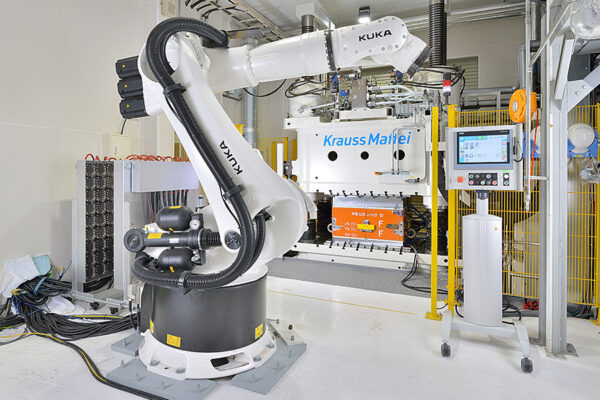
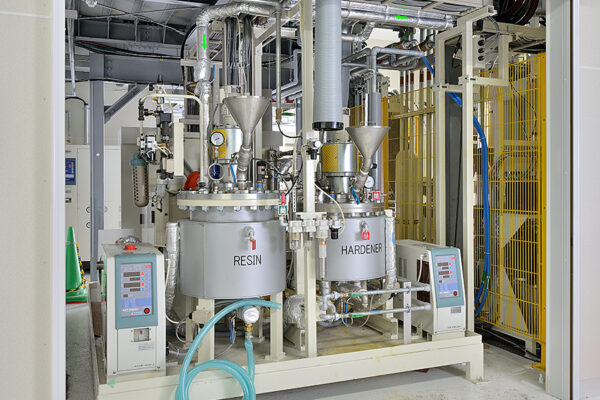
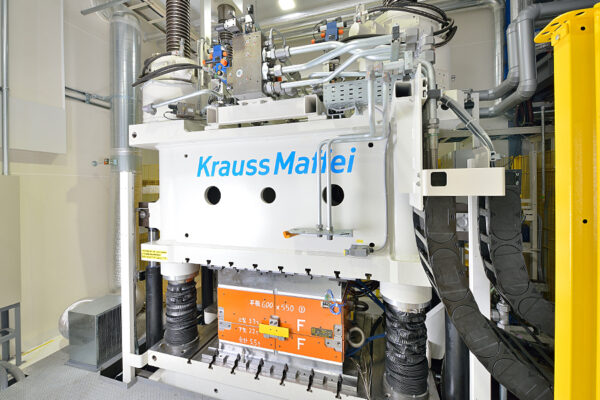
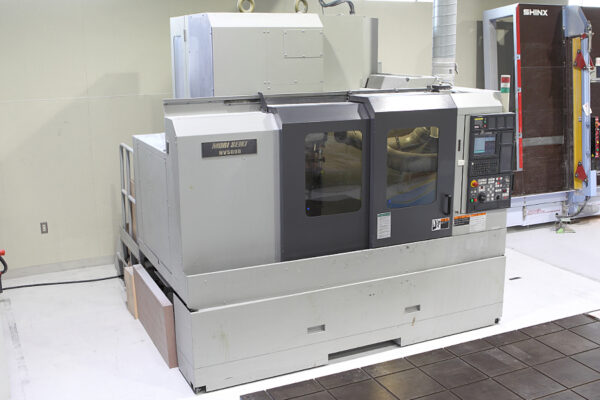
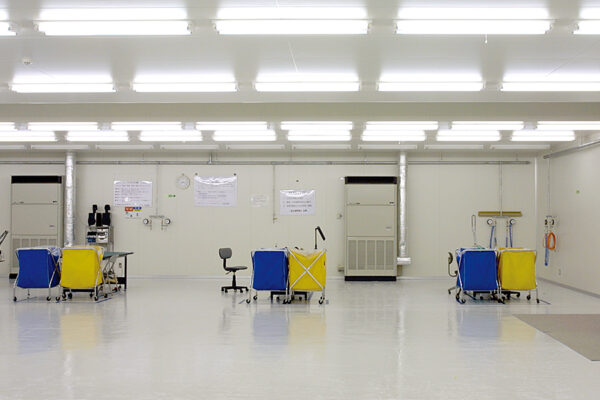
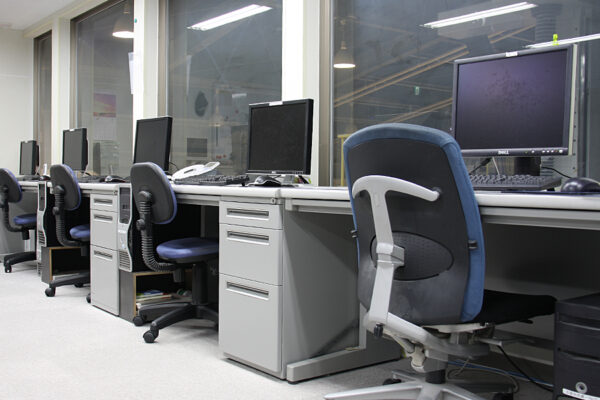
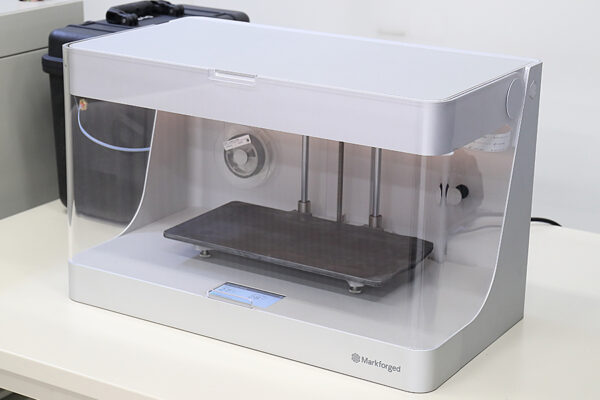
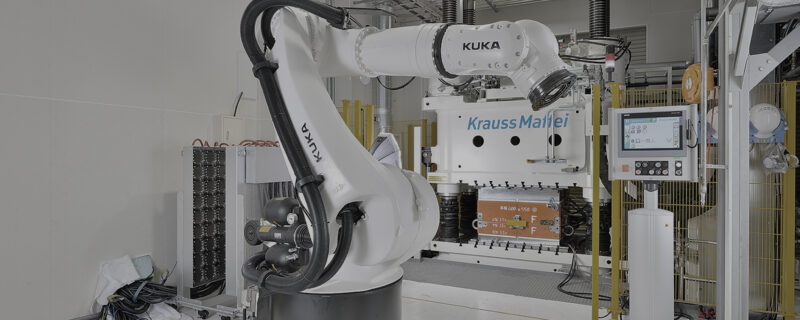

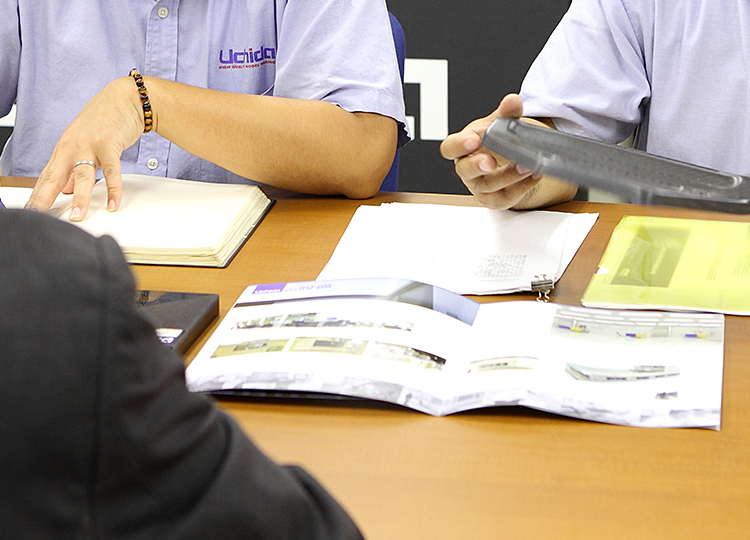
ピンバック: 【コラム】GFRPとは? | 株式会社UCHIDA
ピンバック: 【コラム】PCM製法とは? CFRP | 株式会社UCHIDA
ピンバック: 【コラム】オーブン成形とは? CFRP | 株式会社UCHIDA
ピンバック: 【コラム】GFRPガラスエポキシ | 株式会社UCHIDA
ピンバック: 【コラム】カーボン オートクレーブ温度 | 株式会社UCHIDA
ピンバック: 【コラム】軽量化のメリット『FRP・GFRP・CFRP』 | 株式会社UCHIDA
ピンバック: 【コラム】下書き | 株式会社UCHIDA
ピンバック: 軽量化手法『FRP・GFRP・CFRP』【コラム】 | 株式会社UCHIDA